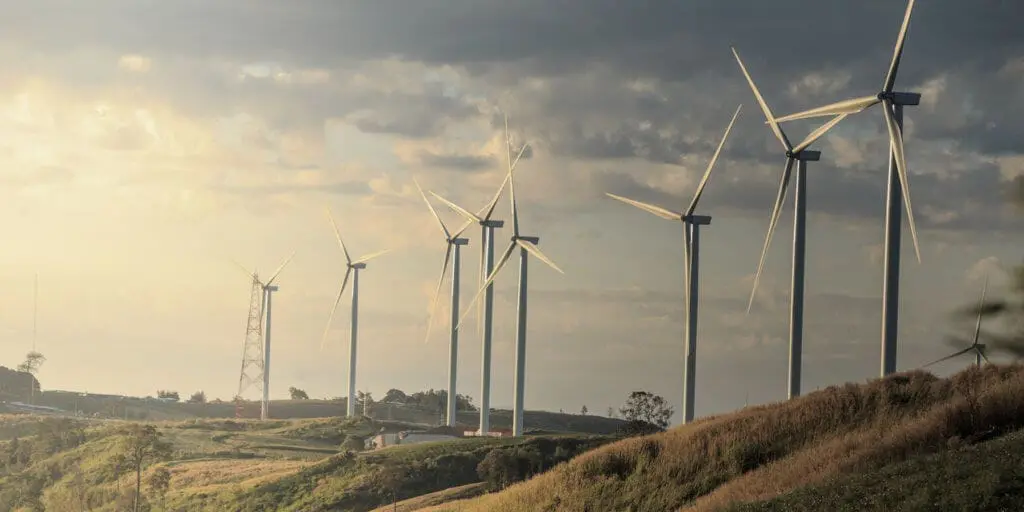Steel prices creating turbulence in wind turbine market
Wind power is one of the most common forms of renewable energy around the world. And, according to a former head at Vattenfall, one of the biggest drivers is the fact that it is, “with some margin, the lowest-cost new energy utility that one can invest in.” While there are always short-term fluctuations in demand, such as through events like COVID-19, they “don’t foresee that desire or demand decreasing any time in the near future”.
As steel accounts for about 30-40% of turbine costs, the recent jump in this commodity’s price could have knock-on effects for the company. Generally, though, steel price fluctuation formulas are written into contracts.
There are other levers for adapting to high prices. “Most likely, what that would mean would be a delay for the wind farm. You would have to find another way to build it. That could mean changing to other turbines. That could mean delaying the project. It could mean waiting for a new technology to make it profitable again.”
Moving on to the topic of price sensitivity, it was remarked that more mature markets are most affected. “The meat has been cut away and the processes are efficient and competition is good, so turbine margins are low.” On the other hand, “emerging markets have less sensitivity to this price, because you do have a much higher portion of risk based in other areas that you could potentially dig into.”
With Siemens’ costing around EUR 630,000 per megawatt and Vestas’ at EUR 790,000 per megawatt, the specialist was asked about this variation. However, it was noted that “it’s a very blunt tool and it says very little about the values that one needs to look at when looking at wind turbines.” Instead, cost per megawatt hour is a better measure, according to the expert.
To access all the human insights from Third Bridge Forum’s Vestas – Onshore Wind Turbine Outlook Interview, click here to view the full transcript.
The information used in compiling this document has been obtained by Third Bridge from experts participating in Forum Interviews. Third Bridge does not warrant the accuracy of the information and has not independently verified it. It should not be regarded as a trade recommendation or form the basis of any investment decision.
For any enquiries, please contact sales@thirdbridge.com



